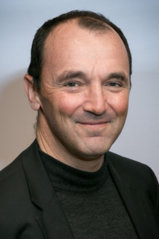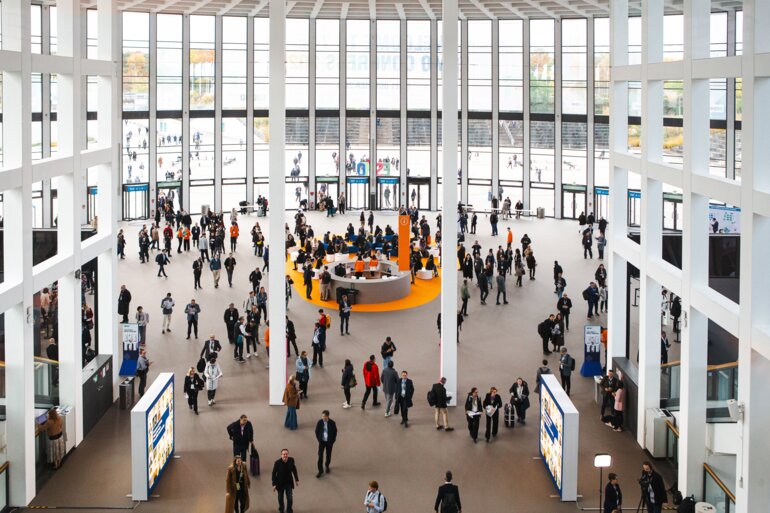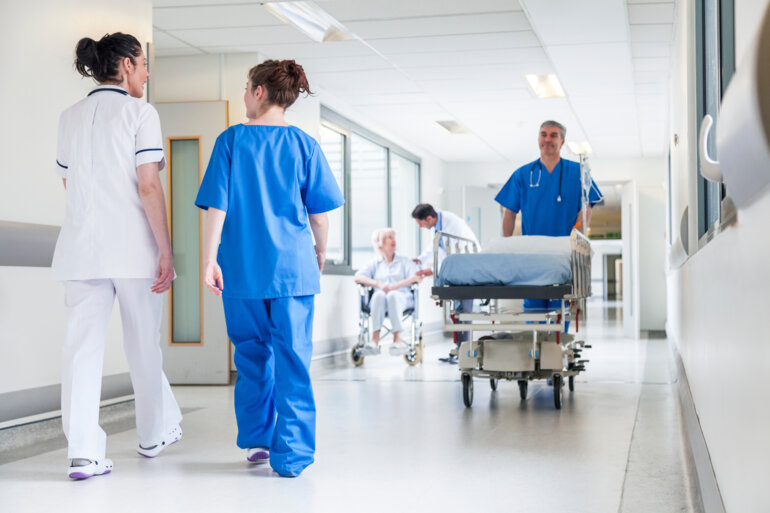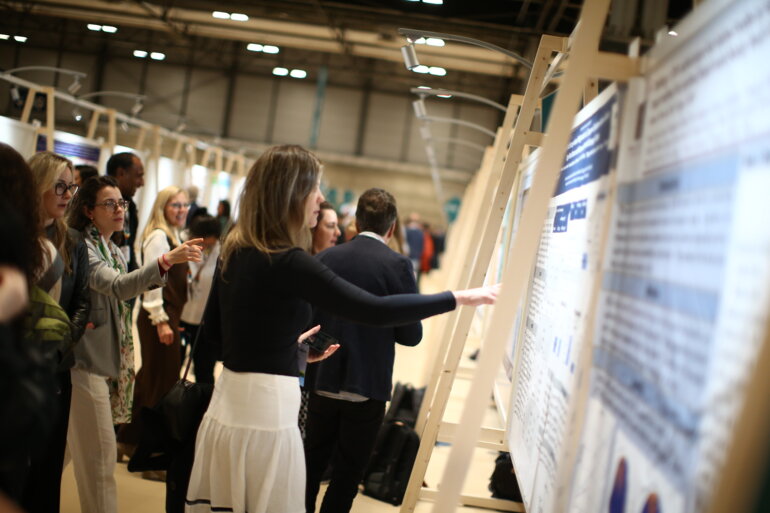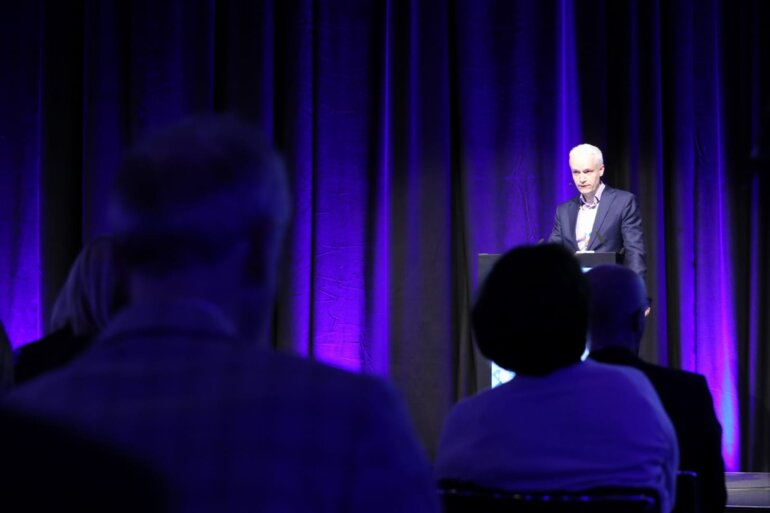Continued efforts in patient selection, combination strategies and novel approaches may help to turn the tide for immunotherapeutics in sarcoma, according to Prof. Jean-Yves Blay
While immunotherapy has already revolutionised how some tumour types are treated, evidence for its benefit in sarcoma is late in coming. Results from some recently conducted studies have been disappointing; however, Prof. Jean-Yves Blay from the Léon Bérard Center, Lyon, France, and one of the Honorary Co-Chairs of the ESMO Sarcoma and GIST Virtual Symposium 2022, thinks there is still hope that immunotherapeutics can improve sarcoma survival.
What is the evidence that immunotherapy can be effective in sarcoma?
So far, only a small proportion of patients with sarcoma have responded to immunotherapy in clinical studies and trials; there are currently no registered immunotherapies and no validated biomarkers. That said, progress has been made in two specific areas where selected patients with sarcoma have demonstrated encouraging responses.
Firstly, the presence of tertiary lymphoid structures (TLS) appears to be associated with improved survival and immunotherapy response in patients with sarcoma (Nature. 2020;577:556–560). In the single-arm phase II PEMBROSARC study of pembrolizumab with metronomic cyclophosphamide in patients with soft tissue sarcoma (STS), overall results were disappointing, with an objective response rate (ORR) of only 2% and overall survival (OS) of 7 months (J Clin Oncol. 2021;39 15_suppl:11507). However, when an analysis was performed in patients positive for TLS, the ORR improved to 27% and OS was almost 15 months.
Secondly, high clinical benefit rates were observed in patients with selected rare sarcoma histotypes, regardless of molecular alterations, in the single-arm phase II AcSé Pembrolizumab study (J Clin Oncol. 2021;39 15_suppl:11520). Prolonged activity was seen in patients with chordoma and alveolar soft-part sarcoma (ASPS), with 1-year OS rates of 77% for chordoma and 86% for ASPS, compared with only 36% for smarca4-malignant rhabdoid tumour, 18% for desmoplastic small round cell tumour and 43% for other histotypes.
Although selection based on TLS status or rare sarcoma histotypes involves only a small fraction of the total sarcoma population, these results do provide a glimmer of hope that with the correct patient selection and, as we are now investigating, the right immunotherapy regimens, responses are possible.
What are the current challenges associated with treating sarcomas with immunotherapy?
A major challenge is that sarcomas are rare and, with more than 150 different subtypes, there is huge heterogeneity. When you put aside TLS status and chordoma/ASPS, and look at the rest of the sarcoma population, characteristics that appear to be obstacles to the use of immunotherapy include low or variable PD-1 expression and the fact that few sarcomas have high microsatellite instability. Sarcomas are generally associated with a relatively low tumour mutation burden (TMB), but in those rare patients with high TMB, responses can be quite dramatic. Furthermore, macrophage infiltration, a prognostic factor for immunotherapy success, does appear to be common in sarcoma patients. It seems that for most sarcomas, we have not yet found the right combination of immune checkpoint inhibition and macrophage modulation.
What is our current understanding on the use of combination strategies?
Several combinations have been tried and many more are currently being investigated to assess if an additional ‘spark’ can enhance the actions of immunotherapies. Immune checkpoint inhibitors (ICIs) have been combined with cytotoxic agents, for example, in the PEMBROSARC study mentioned above, where cyclophosphamide was added as an immunomodulator and inhibitor of T-reg cells.
Combining two different ICIs has also been studied. Nivolumab plus ipilimumab, but not nivolumab alone, demonstrated promising efficacy, at least similar to chemotherapy, in a non-comparative phase II trial in metastatic sarcoma (Lancet Oncol. 2018;19:416–426). Another interesting approach is targeting the lymphocyte-activation gene 3 (LAG-3), an inhibitory immune checkpoint that contributes to T-cell exhaustion. The LAG-3-blocking antibody, relatlimab, is being combined with nivolumab in the ongoing proof-of-concept CONGRATS phase II study in STS, with primary results expected in March 2022 (NCT04095208).
As vascular endothelial growth factor (VEGF) promotes an immunosuppressive microenvironment, ICIs in combination with VEGF receptor antagonism has been tested. The VEGF receptor tyrosine-kinase inhibitor axitinib plus pembrolizumab was studied in a single-arm trial of patients with advanced sarcomas (Lancet Oncol. 2019;20:837–848); however, only patients with ASPS, a group already known to be responsive to pembrolizumab, appeared to benefit. The phase II SARC038 study is ongoing with regorafenib and nivolumab in osteosarcoma, with primary results expected later this year (NCT04803877). Although few of these ongoing studies are randomised, results may allow identification of biomarkers for better patient selection in later trials.
Covering another angle, atezolizumab and pembrolizumab are being explored in combination with radiotherapy in several studies in STS (e.g. NCT03474094; NCT03092323).
Are there any other promising immune-related approaches being investigated?
Some impressive early results have been observed with T-cell receptor (TCR)-based adoptive T-cell therapy in synovial sarcoma. Over three-quarters of patients with synovial sarcoma express the intracellular tumour antigen New York oesophageal squamous cell carcinoma 1 (NY-ESO-1) and this has been exploited for therapeutic purposes. For example, letetresgene autoleucel consists of autologous CD4+ and CD8+ T cells that have been genetically modified to express a TCR recognising NY-ESO-1 bound to human leukocyte antigen A*02. In a phase I trial, the ORR was 50% among 12 patients with high NY-ESO-1 expression who received an intensive lymphodepletion regimen (J Immunother Cancer 2020;8:P298). Such impressive results are rarely seen and they prepare the ground for further investigations of TCR-based T-cell therapy and other novel therapeutic approaches.
Highlighted session:
Immunotherapy in sarcomas. ESMO Sarcoma and GIST Virtual Symposium 2022
Main symposium, 02.02.2022, h. 14:15 – 15:30, Channel 1


